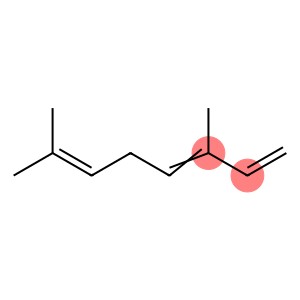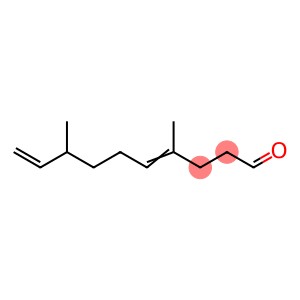1-Pentanol(CAS#71-41-0)
| Risk Codes | R10 – Flammable R20 – Harmful by inhalation R37 – Irritating to the respiratory system R66 – Repeated exposure may cause skin dryness or cracking R37/38 – Irritating to respiratory system and skin. |
| Safety Description | S46 – If swallowed, seek medical advice immediately and show this container or label. S36/37 – Wear suitable protective clothing and gloves. |
| UN IDs | UN 1105 3/PG 3 |
| WGK Germany | 1 |
| RTECS | SB9800000 |
| TSCA | Yes |
| HS Code | 2905 19 00 |
| Hazard Note | Irritant/Flammable |
| Hazard Class | 3 |
| Packing Group | II |
| Toxicity | LD50 orally in Rabbit: 3670 mg/kg LD50 dermal Rabbit 2306 mg/kg |
Introduction
1-pentanol, also known as n-pentanol, is a colorless liquid. The following is an introduction to the properties, uses, preparation methods and safety information of 1-pentanol:
Quality:
- Appearance: colorless liquid with a special odor.
- Solubility: 1-pentanol is soluble in water, ethers and alcohol solvents.
Use:
- 1-Penyl alcohol is mainly used in the preparation of detergents, detergents and solvents. It is an important industrial raw material and is widely used in the production of surfactants.
- It can also be used as a lubricant and solvent in paints and paints.
Method:
- 1-Penyl alcohol is often prepared by the oxidation of n-pentane. N-pentane undergoes an oxidation reaction to form valeraldehyde. Then, valeraldehyde undergoes a reduction reaction to obtain 1-pentanol.
Safety Information:
- 1-Penyl alcohol is a flammable liquid, and attention should be paid to the accumulation of ignition and static electricity when using.
- Contact with the skin can cause irritation, and prolonged contact with the skin should be avoided. Appropriate personal protective equipment should be worn when necessary.
- Inhalation or accidental ingestion of 1-pentanol may cause dizziness, nausea, and difficulty breathing.








